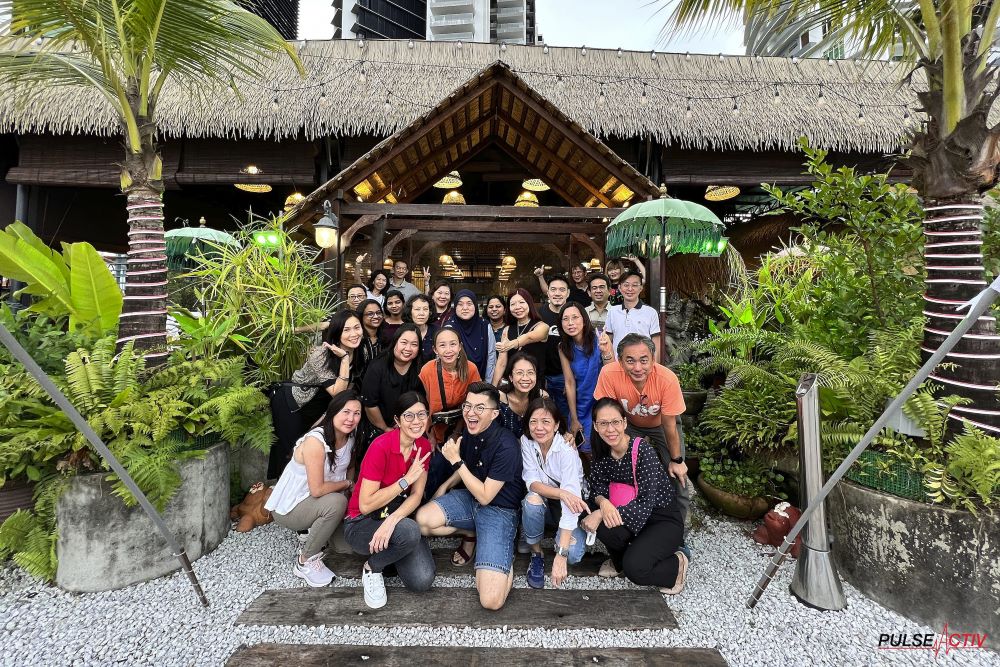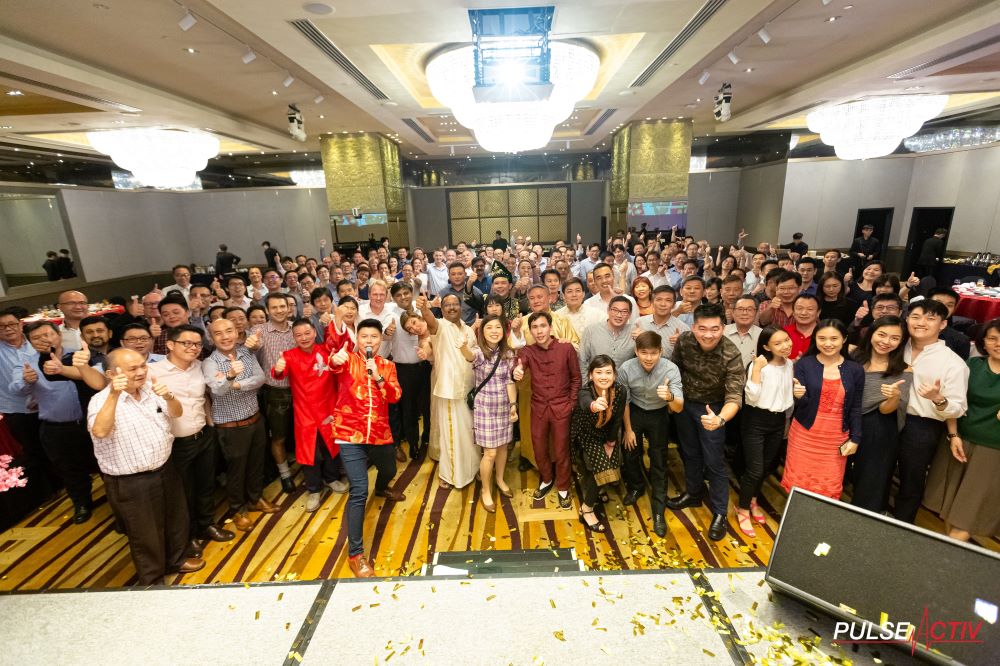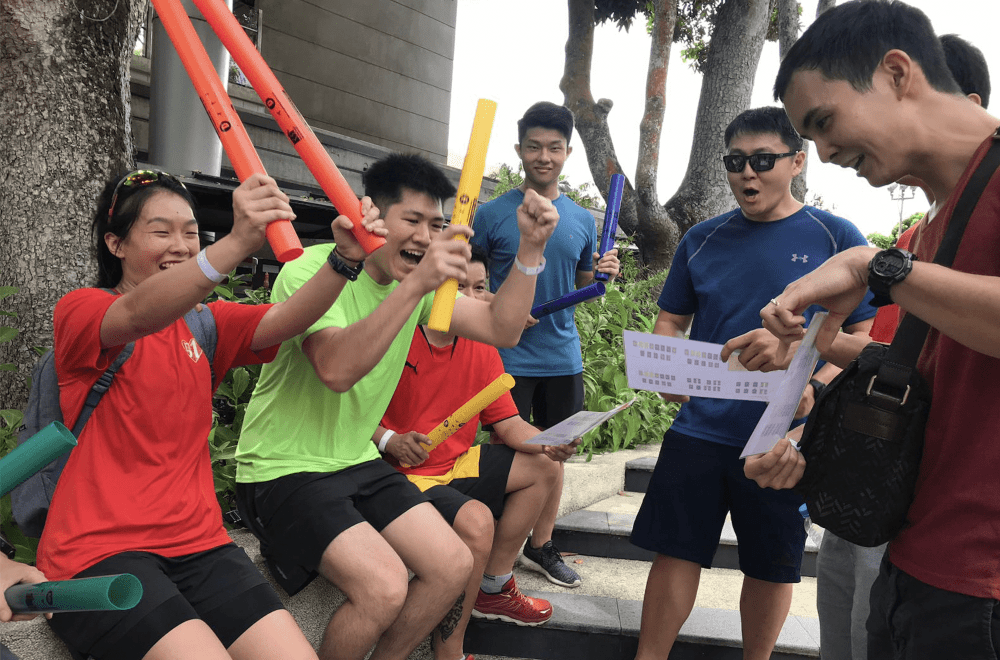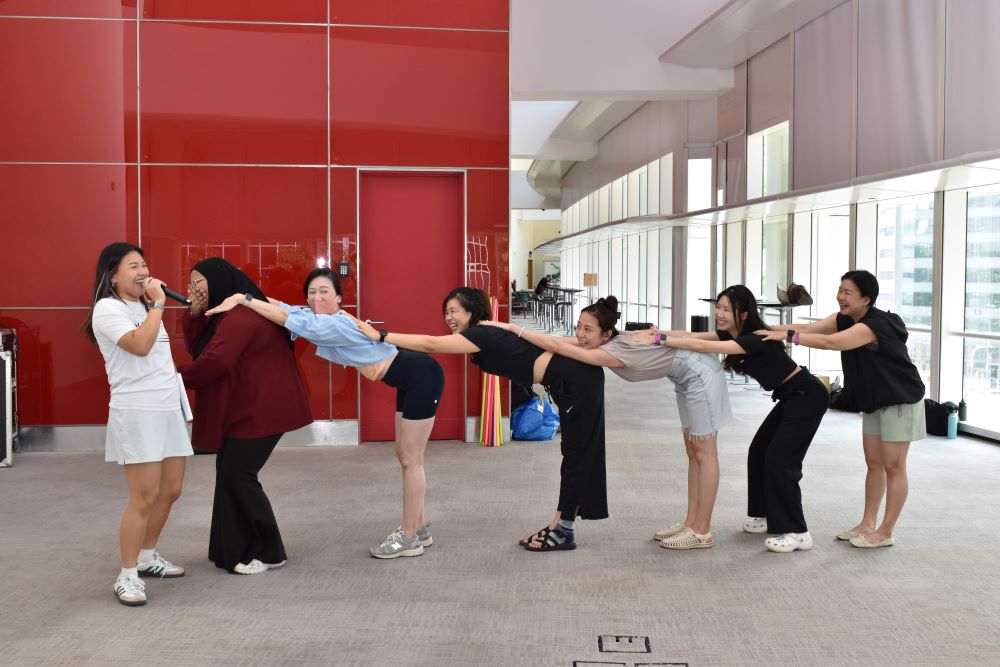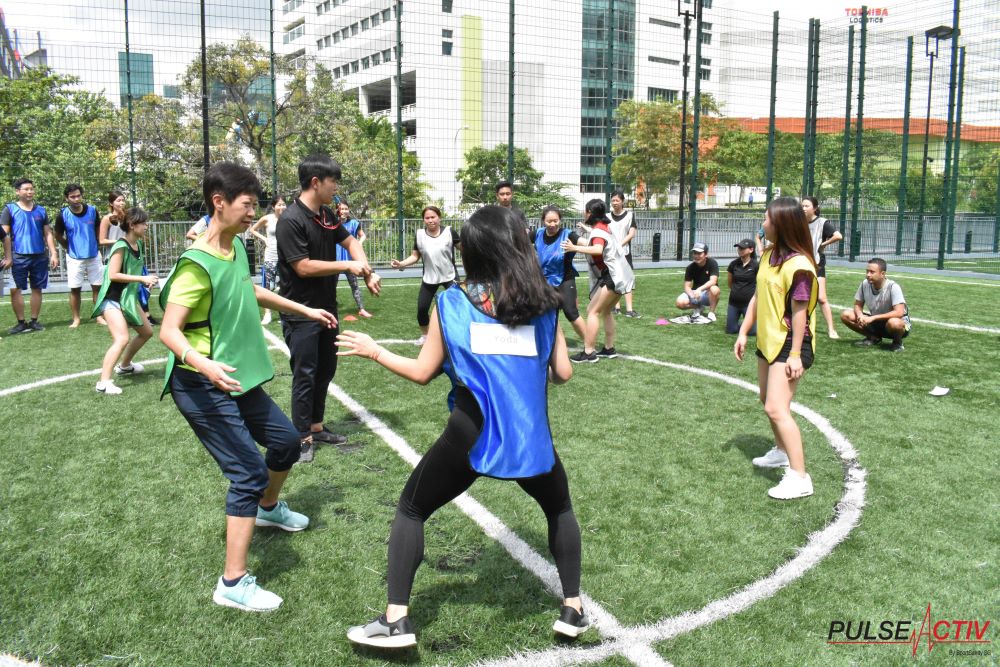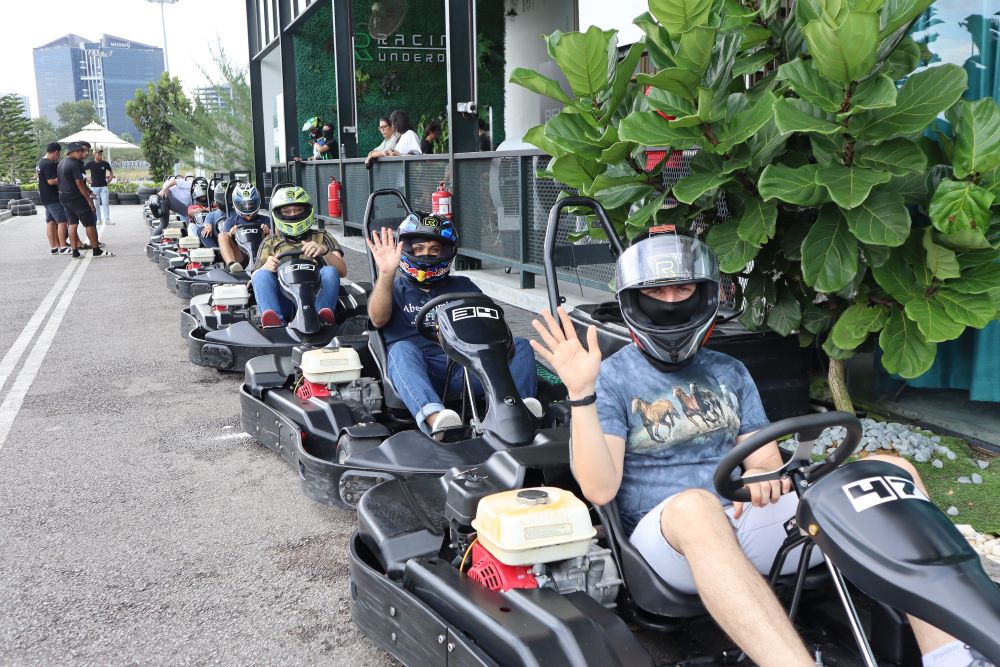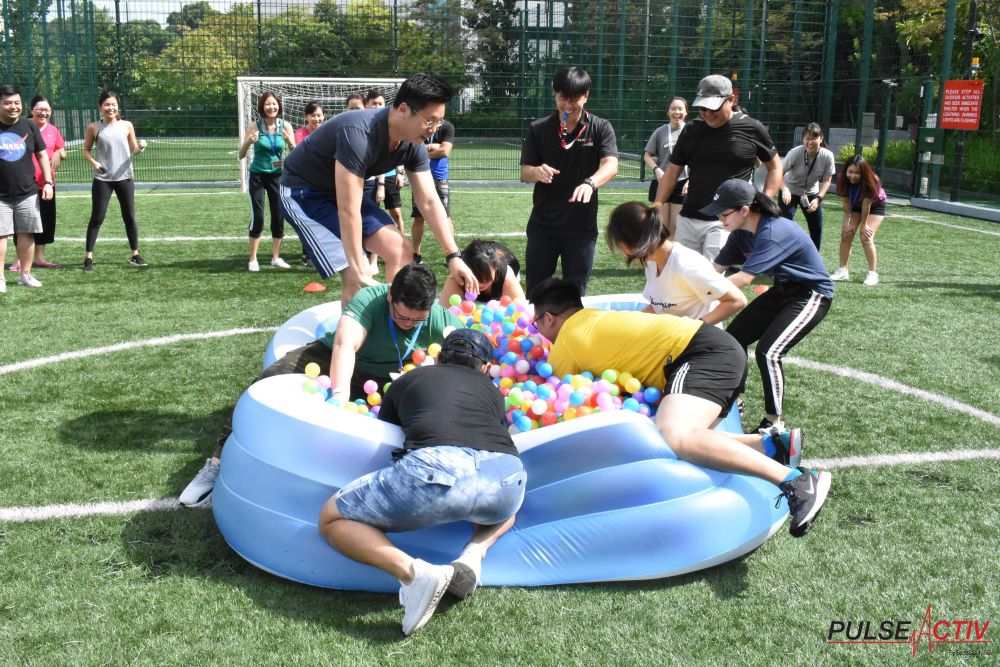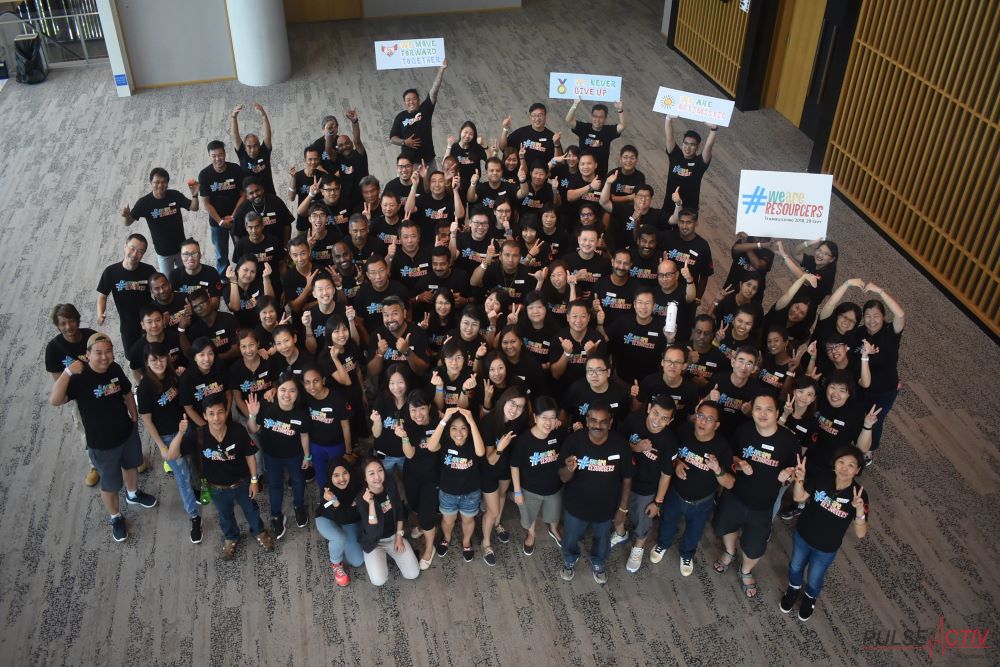Legal and Logistical Considerations for Overseas Corporate Retreats
Corporate retreats are an excellent way to enhance team cohesion, inspire creativity, and reward employees for their hard work. However, planning an overseas corporate retreat involves navigating a complex web of legal and logistical considerations. Ensuring that all aspects are carefully addressed is essential to avoid potential pitfalls and ensure a smooth, enjoyable experience for all participants. This article will explore key considerations such as travel insurance, visa requirements, local regulations, and emergency planning.
1. Travel Insurance: Protecting Your Team
Travel insurance is a critical component of any overseas retreat, providing coverage for a range of unexpected events, from medical emergencies to trip cancellations. Here are some key points to consider:
- Medical Coverage: Ensure the policy covers medical expenses, including emergency evacuation and repatriation. This is particularly important if the destination has limited healthcare facilities.
- Trip Cancellation and Interruption: Coverage for trip cancellations or interruptions due to unforeseen events (e.g., natural disasters, political instability) is vital to protect the investment in the retreat.
- Personal Belongings: Policies should cover loss or theft of personal belongings, including company equipment like laptops and presentation materials.
- Travel Delays: Consider coverage for delays that might result in additional accommodation or transportation costs.
It’s crucial to review and compare different travel insurance policies to ensure they meet the specific needs of your team and the retreat’s destination.
2. Visa Requirements: Ensuring Compliance
Visa requirements vary widely depending on the destination and the nationality of your employees. If you are a Singapore organization and your retreat destination is near Singapore then a visa is not a concern. But failure to obtain the correct visas can result in denied entry, fines, or even legal complications. Here’s what to keep in mind:
- Research Requirements Early: Start researching visa requirements as soon as the destination is chosen. Some countries require visas that can take weeks or even months to obtain.
- Consider Multiple Nationalities: Employees from different countries may have different visa requirements. Ensure that everyone’s documentation is in order.
- Business vs. Tourist Visas: Clarify whether your team needs business visas or if tourist visas will suffice. Engaging in work-related activities on a tourist visa can lead to legal issues in some countries.
- Visa on Arrival: Some countries offer visas on arrival, but it’s essential to check if this applies to all employees and if any additional documentation is needed.
Ensure all visa applications are submitted well in advance, and consider using a visa service to handle the process, reducing the risk of errors or delays.
3. Local Regulations: Navigating the Legal Landscape
Understanding and complying with local laws and regulations is critical when hosting an overseas corporate retreat. Ignorance of the law is not an excuse, and violations can result in fines, legal action, or even imprisonment. Key areas to consider include:
- Business Licenses: Some countries require specific permits or licenses to conduct business-related activities. Research these requirements and obtain the necessary documentation.
- Tax Implications: Understand the tax laws of the destination country, especially if you plan to conduct transactions or offer financial incentives during the retreat.
- Cultural Sensitivities: Familiarize yourself with local customs and regulations related to behavior, dress codes, and public conduct to avoid offending local sensibilities.
- Data Protection Laws: If your retreat involves the handling of sensitive data, ensure compliance with local data protection regulations, which may differ significantly from those in your home country.
Consulting with local legal experts or hiring a local event planner with experience in corporate events can help navigate these complexities.
4. Emergency Planning: Being Prepared for the Unexpected
A comprehensive emergency plan is essential for safeguarding your team during an overseas retreat. This plan should cover a range of scenarios, including medical emergencies, natural disasters, and political unrest. Consider the following:
- Emergency Contacts: Compile a list of local emergency contacts, including the nearest embassy or consulate, local hospitals, and law enforcement.
- Communication Plan: Establish a clear communication plan for staying in touch with all participants, including protocols for checking in during emergencies.
- Medical Emergencies: Identify local medical facilities and have a plan for medical evacuations if necessary. Ensure that all participants have up-to-date medical information on file.
- Natural Disasters and Political Unrest: Research the potential for natural disasters (e.g., earthquakes, hurricanes) and political instability in the destination. Develop a plan for evacuating or sheltering in place if needed.
- Crisis Management Team: Designate a crisis management team responsible for coordinating responses to emergencies. This team should be trained and prepared to handle various scenarios.
Regularly review and update the emergency plan, and conduct briefings with all participants before departure to ensure everyone understands the procedures.
Conclusion
Planning an overseas corporate retreat involves more than just selecting a beautiful destination and booking flights. Legal and logistical considerations, such as travel insurance, visa requirements, local regulations, and emergency planning, are critical to ensuring a successful and stress-free experience. By addressing these factors in advance, you can protect your team, avoid legal complications, and focus on creating an inspiring and memorable retreat that achieves your company’s goals.
To head back to read another article in our blog, click here.
